Inkbrook Design: The Portfolio of Mackenzie Cameron
Resume | Portfolio | About Me |
I had the chance to talk with the community manager of an On Demand 3D Printing company, and he posed an interesting frustration:
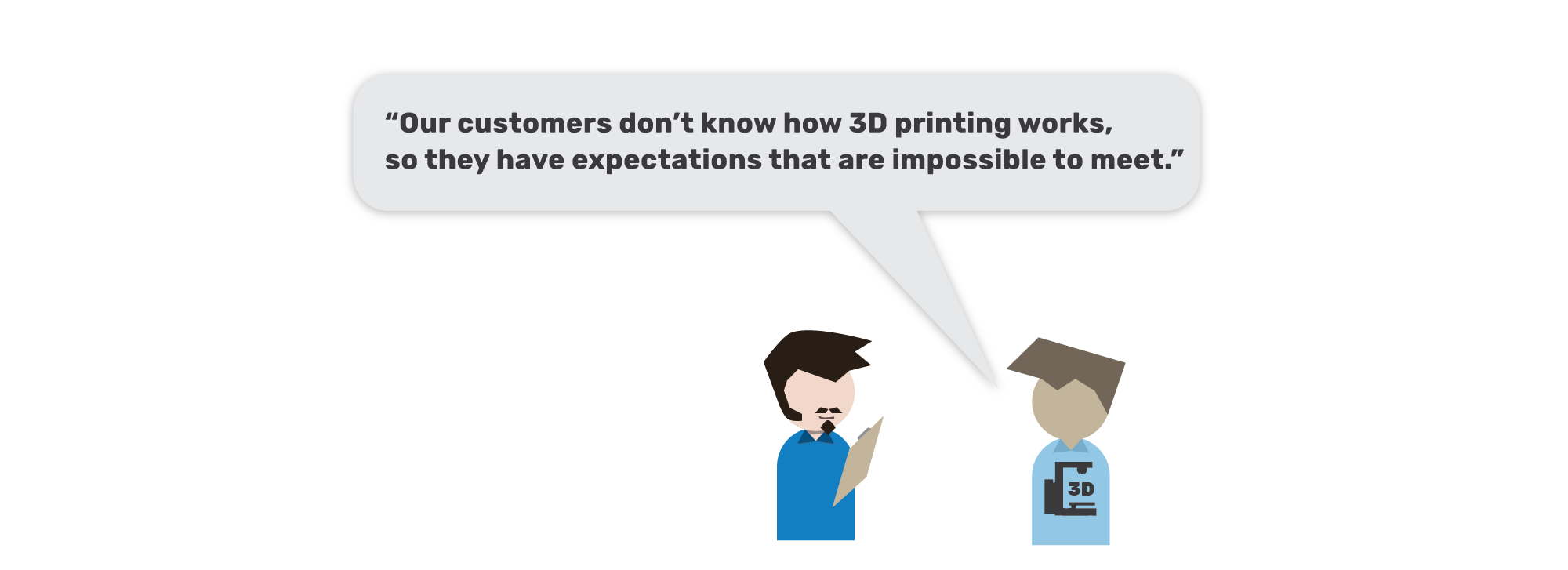
His perspective inspired a 2 week design sprint, to uncover how UX could improve experiences in the 3D Print Industry.
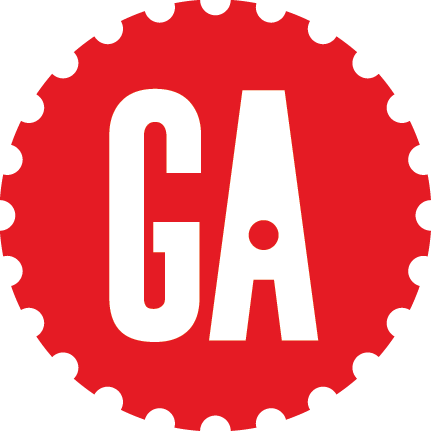
My role as Developer was to help the in-house Designer iterate the prototype and provide insights through playtesting. I also worked with our visual designers and marketing lead to ensure standards and meet deadlines.
I gathered a lot of data by researching the leaders in the 3D Print space and looking at the services they offer: Shapeways, 3D Hubs, and Makerbot.
3D Printing is a remarkably diverse industry. To give you a brief understanding of what the 3D Print world is like, you can compare it to the paper printing world.
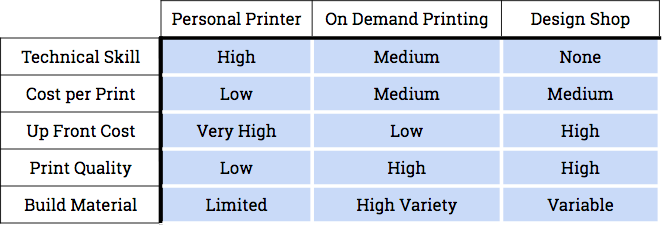
Forbes, Wired, and Gizmodo have a wealth of information about the 3D Print Industry. Usage generally falls into "consumer usage" or "professional usage".
While consumer 3D printing gets a lot of media attention, companies like General Electric, Boeing, and Lockheed Martin have invested billions in 3D printing, which far outpaces usage of the average consumer. Large corporations are seeing remarkable returns on this technology, and are continuing to expand their usage base.
Having done industry research, I wanted to get some firsthand information.
I built out a survey and received over 60 responses. Curiously 90% of them owned 3D Printers and used 3D Printing exclusively for personal use. Apparently, the demographics of online forums skew very much towards a specific type of user. Even so, they were able to provide some very clear insights.
From 60 Responses pulled from online forum hobbyists.

By understanding these complex geometric relationships, we were able to evenly distribute these positive and negative interactions between players to create unique gameplay opportunities. This concept carried us into our testing phase to rigously validate what would and would not work as an actual game.
I had the opportunity to chat more in-depth with several respondants who helped give more color to the responses and trends that I began to see in the data.
Particularly, it started to become apparent that many pain points came about from a mismatch in expectations. Both from what users expected of the service, but also what on-demand printers expected of their customers.

With so much data, it was critical to synthesize it into something that I could parse into actionable design elements. By writing out ky data points on post-its and contextualizing the data, I began to see the users more clearly.
Three distinct user personas began to emerge on the axis of technical skill, which also helped define their goals in turn.
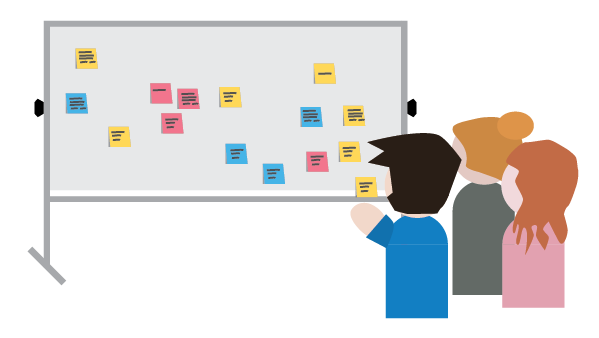

While each persona has dramatically different use cases and needs, they share an overall problem statement:
With these personas and problem statement in mind, the principles of game design would have a dramatically positive impact on these users' experiences.
Researching gamification became a side research project. I interviewed community managers who employ gamified tactics, interviewed users of well-known gamified products (such as Fit Bit), and read books by gamification experts: Superbetter by Jane Mcgonigal and Hooked by Nir Eyal.
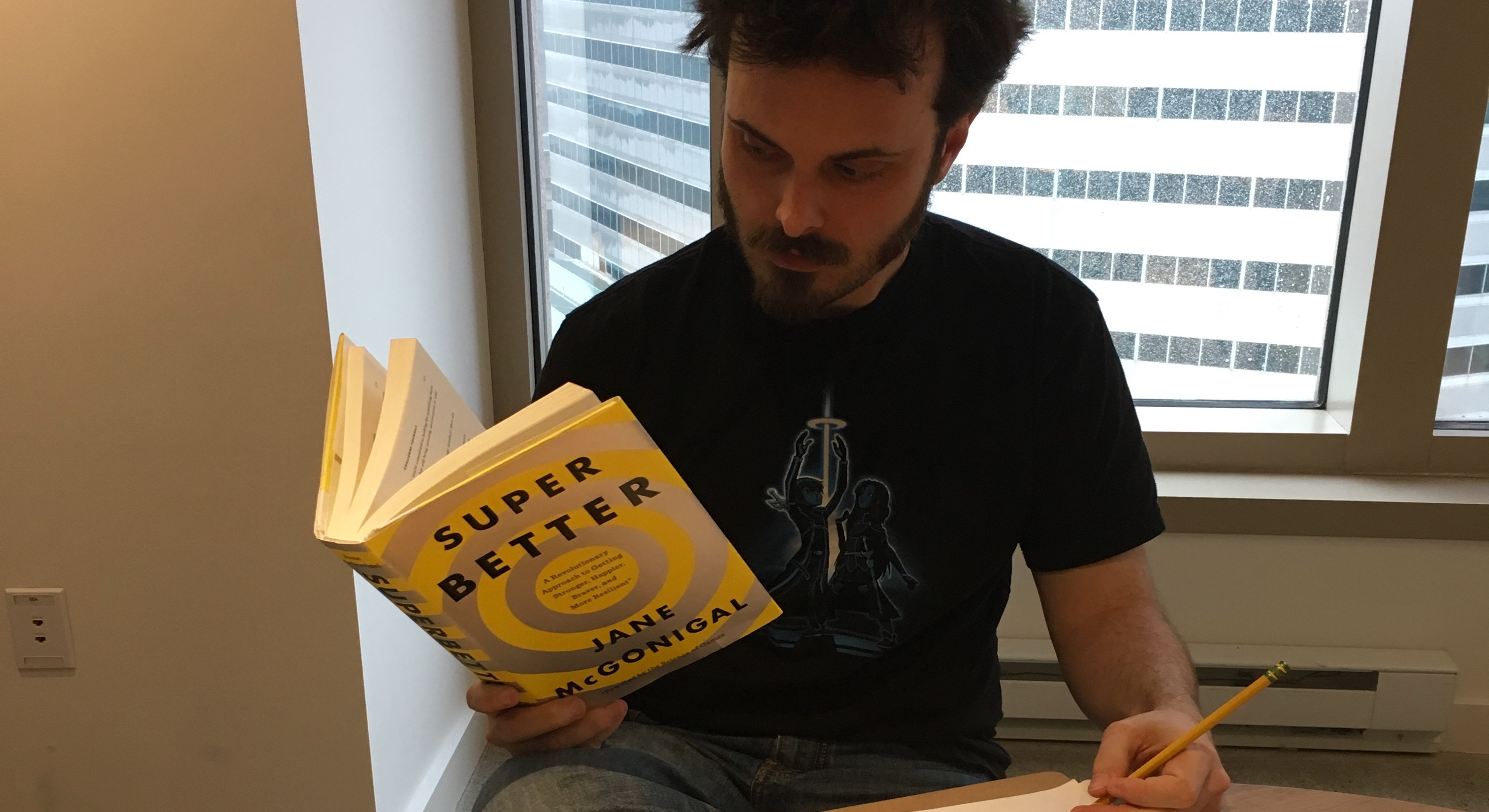
There are many ways game design could impact this particular experience.
I set out to brainstorm every concept that came to mind from research--from implementing a reward system, to putting an actual game into the browser-- and then began work understanding their impact and scope.
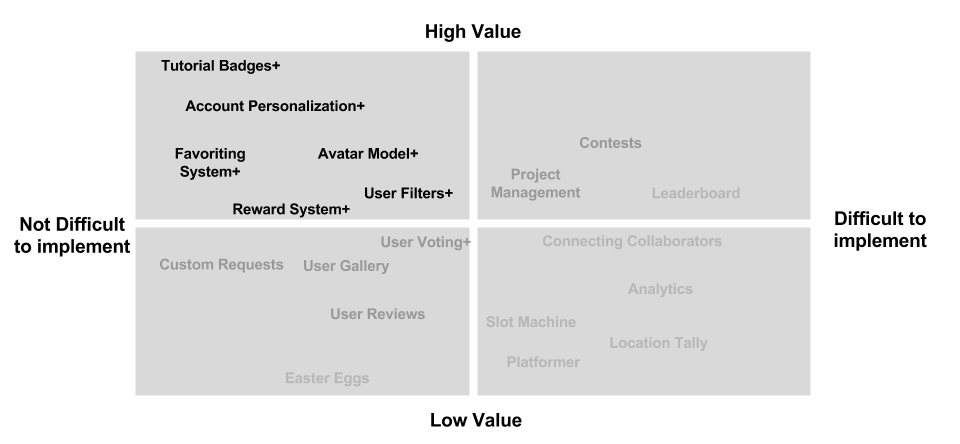
While general impact gives a sense for how influential a feature could be, it was an important distinction to understand that it would not be as impactful to each personae.
Going through the exercise of alinging each feature to each personae, helped sharpen the scope to what would become the most influencial initiatives.
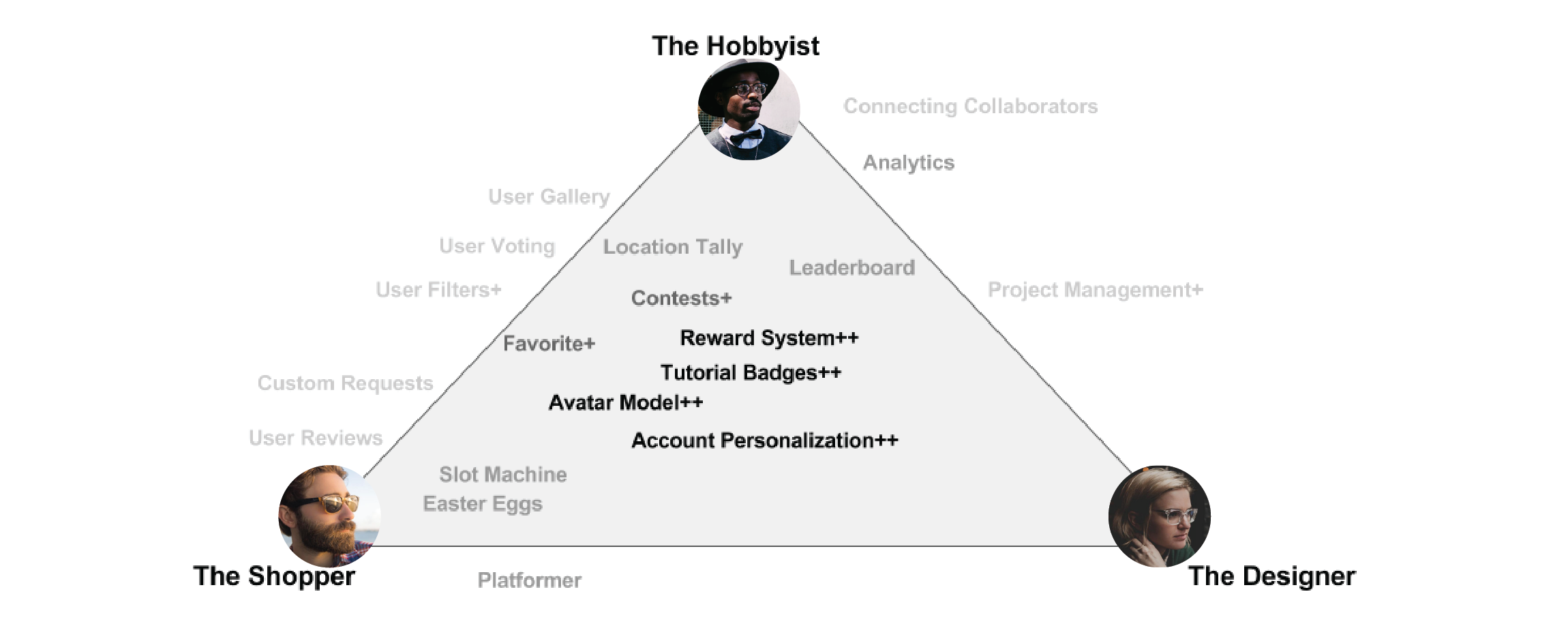
In broad strokes, users want to be more engaged without being diverted from their core goals. I explored three features with the capcity to accomplish this goal.
These are concepts that could be adopted in a variety of settings, so I focused on a Storyboard to convey each idea in the context of a fictional on-demand print company known as "Printerest".

Printsonas are created alongside the micro-interactions that go into account creation. They help engagement by lowering the barrier for entry for a first custom print and help users see how easy the process is.
Also, by layering in a personalized component, they help users see themselves in the product. Representation and customization become their own intrinsic reward systems to encourage users deeper into the community.
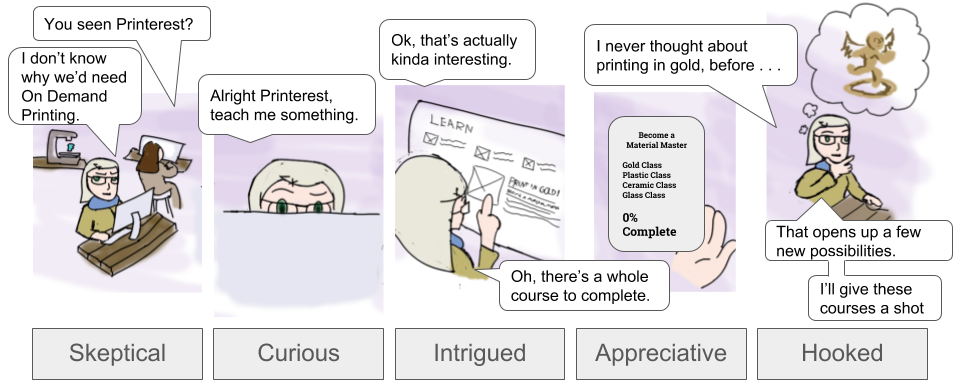
Mastery Journeys take the form of a series of blog articles that teach something specific about 3D Printing. The idea is to hook a persons interest with one article, and connect it into a larger gamified progression system.
By incentizing people to learn, they are more likely to encounter a 3D printing capability that can solve a need that the learner did not previously consider possible by the technology.
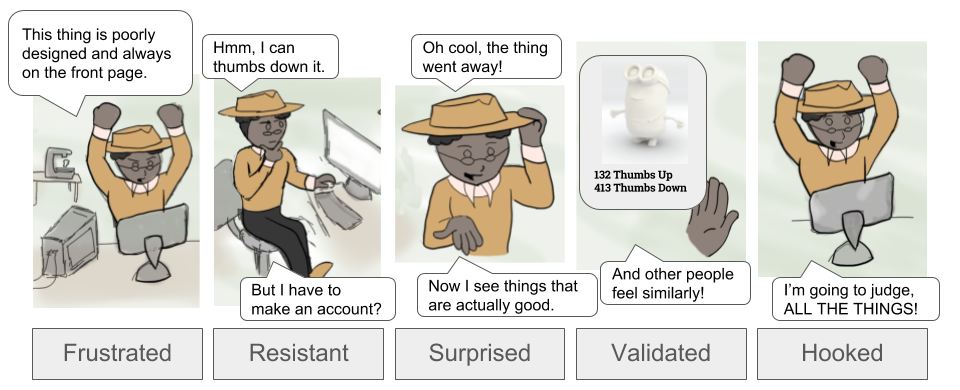
This feature would involve a micro-interaction feedback system along with a sorting algorithm. This follows micro-interaction models like Reddit and Pandora.
The micro-interaction gives agency to the user, it rewards them with two intrinsic rewards: they improve their search results and they feel like a part of the community.
Not only does this improve passive engagement with the site, it also acts as a stepping stone for users to then engage in larger community activities.
The combination of these features gives users a reason to continue to engage a 3D Printing Brand and feel good while doing it. While the concepts for these intiatives emerged from research, they are still simply the start of ideas.
The next step would be to sketch out these concepts into mockups and start validating that each assumption works within the context of a concrete workflow.
There are still a number of questions that should lead several rounds of iterating each concept and prototype as we turn these ideas into actionable products.